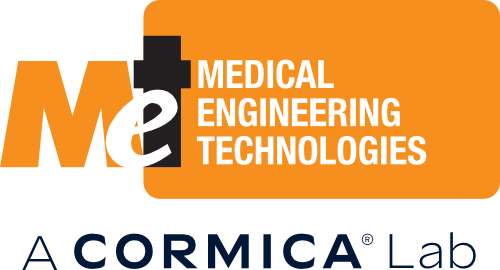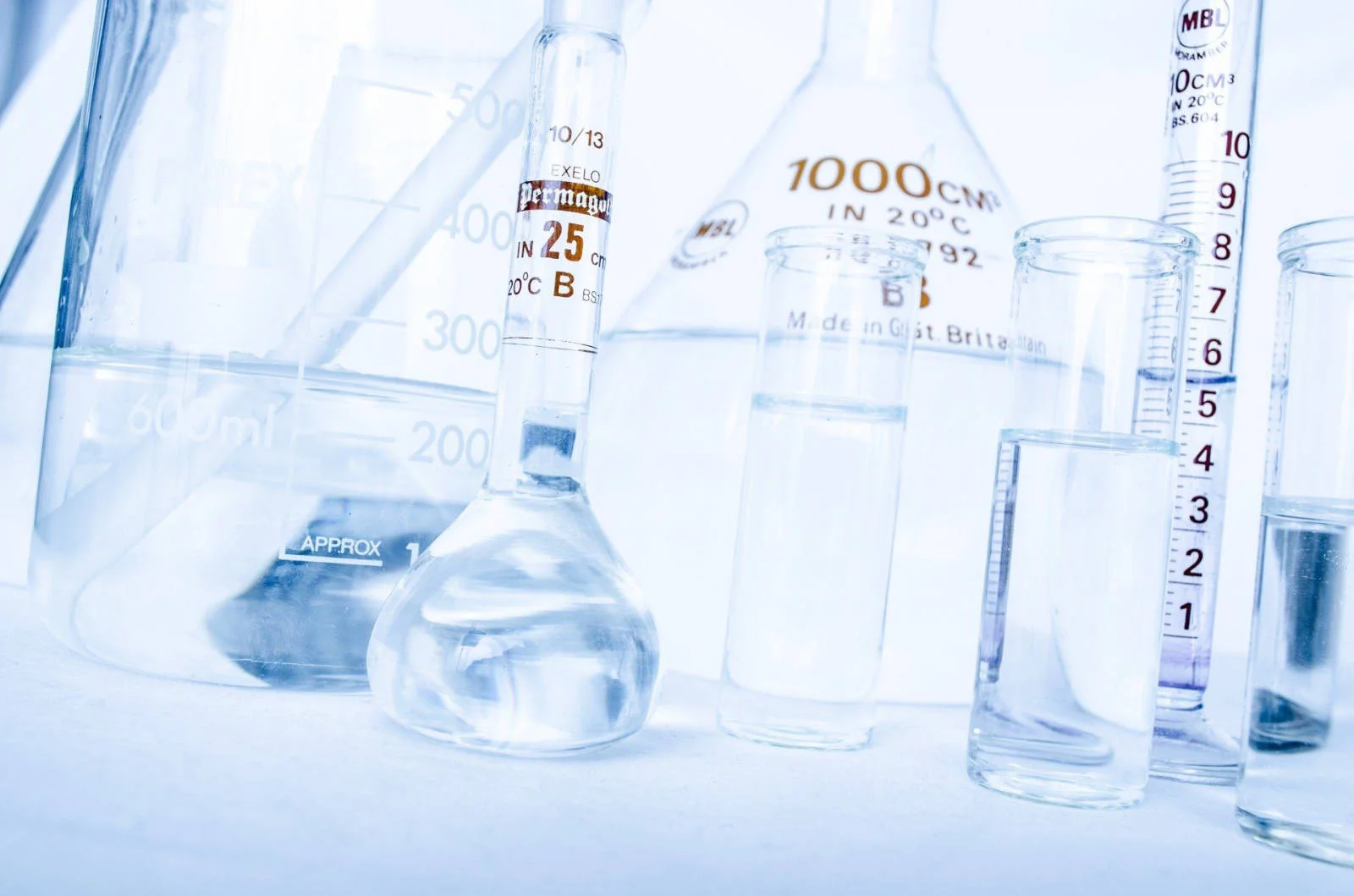Solvents can be a necessary part of pharmaceutical manufacturing. Their removal is an important part of the process also. Verification of this removal is important. ICH Guideline Q3C(R5) and USP <467> detail the permissible daily exposure (PDE) for a large number of solvents.
At MET we have a number of techniques at your disposal to measure the residue of these solvents. These methods are detailed in USP <467> and Ph. Eur. 5.4. For solvents that are not listed we can develop new methods or use our library of methods to identify and quantify residual solvent (RS) or organic volatile impurities (OVI) in your formulation. This service is followed by toxicologists who can determine the PDE for your materials. Analysis can be carried out on the finished formulation and on the component substances.
There are three classes of OVI / RS with their Permitted Daily Exposure (PDE) defined in ICH Q3C.
- Class 1 solvents: Solvents to be avoided—known human carcinogens, strongly suspected human carcinogens, and environmental hazards.
- Class 2 solvents: Solvents to be limited—on-genotoxic animal carcinogens or possible causative agents of other irreversible toxicity such as neurotoxicity or teratogenicity. Solvents suspected of other significant but reversible toxicities.
- Class 3 solvents: Solvents with low toxic potential—solvents with low toxic potential to man; no health-based exposure limit is needed. Class 3 solvents have PDEs of 50 mg or more per day.
The FDA provide a convenient list of solvents with their classification in their document Guidance Q3C https://www.fda.gov/media/71737/download
Here the contraindication against class 1 is more strongly stated and includes consideration of environmental effects. The individual PDEs are listed for Class 1 and Class 2.

